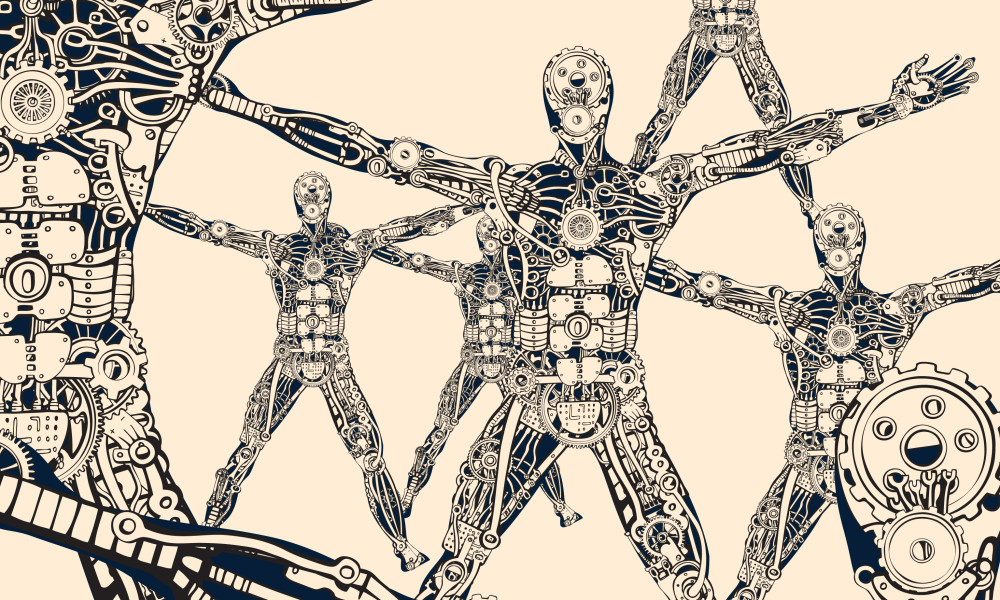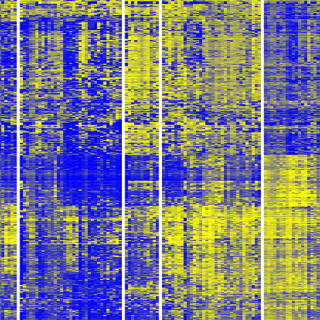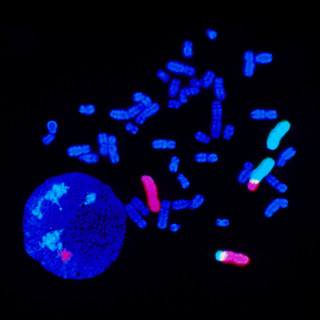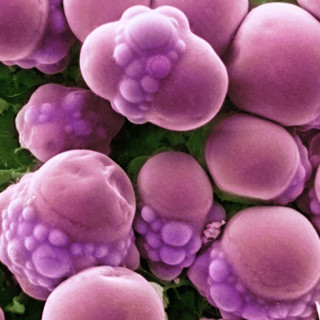Learn more about genetics and epigenetics
Genetics, DNA and spontaneous mutations
The fertilised egg inherits its DNA unchanged from the parents’ sex chromosomes. The same DNA sequence is then found in all the baby’s cells. During our lifetime, spontaneous mutations can occur in the cells. Spontaneous mutations happen as a result of apparently chance errors in the formation of DNA during cell division. When a cell divides, the mutations are passed on to the daughter cells, but only mutations that occur in the DNA of the gametes are passed on to the next generation. The mutations can be small, and sometimes insignificant, or entail major changes that affect large parts of the chromosomes.
Epigenetic changes
Epigenetics is a research field that has taken off over the past 10–15 years. The term epigenetics was coined as early as 1942 by Englishman Conrad Waddington and literally means ‘on top of genetics’. Today we use epigenetics to mean changes to gene expression that are not caused by changes in the actual DNA sequence. Even if the DNA sequence – the set of genes – is the same in all cells, only certain genes are expressed, i.e. only information from certain genes is copied (transcribed) and used to build protein structures or regulate processes. The gene expression varies between different types of cell and when these epigenetic changes are inherited by daughter cells through cell division in the womb, different tissues and organs are built. Epigenetic changes also take place throughout our lives as a result of normal ageing, lifestyle and environmental factors.
Gene expression
Gene expression is the process of several steps through which the information in a gene’s DNA sequence is transferred to the structures and functions of a cell. Gene expression generally produces proteins, but there are also non-coding genes that produce RNA molecules (rRNA, tRNA).
DNA methylation
Epigenetic changes mainly take place through chemical modification of DNA (DNA methylation) and histones, the proteins around which the DNA helix winds itself.
DNA methylation is a chemical process that regulates the function of the genes. This chemical process can be affected by different environmental factors, such as diet, exercise, stress etcetera, that make the gene behave in different ways, and that let the gene be expressed to a greater or lesser degree.
In front of every gene is a DNA sequence called a promoter. Transcription factors bind alongside the promoter and set off the gene expression. Transcription factors are a group of proteins that are needed for a gene to start being copied to RNA, i.e. for transcription to start.
The level of methylation in the promoter can affect its effectiveness. Certain transcription factors do not bind when the DNA is methylated while others only bind when the DNA is methylated. The activity of the promoter can therefore be regulated differently in different cells.
The protein structure that surrounds the DNA, chromatin, largely comprises histone proteins and can be open or closed and thus allow or prevent factors binding to the DNA. Epigenetic modifications of the histone proteins, such as acetylation or methylation, affect how tightly the DNA is packed around the histones and thus how accessible the DNA sequence is.
Video produced by The Genetic Science Learning Center at The University of Utah, US
Dynamics of epigenetics complicated
The dynamics of epigenetics are complicated and far from being fully understood. It is not only the genes that code for proteins that are methylated, but also parts of the DNA that code for regulatory functions (RNA molecules), which can have a greater effect than genes. As well as DNA methylation, there are also other epigenetic mechanisms such as modification of histone proteins.
Because epigenetic changes are essentially reversible – unlike genetic changes – the starting point for the search for drugs is that epigenetically inactivated genes can be reactivated (and vice versa) if only the right molecule is added. Drugs may not even always be necessary; it may be sufficient that we change our lifestyle, for example by doing more exercise, to restore an ‘incorrect’ epigenetic pattern!
Text: Pia Romare
Published: 2014






